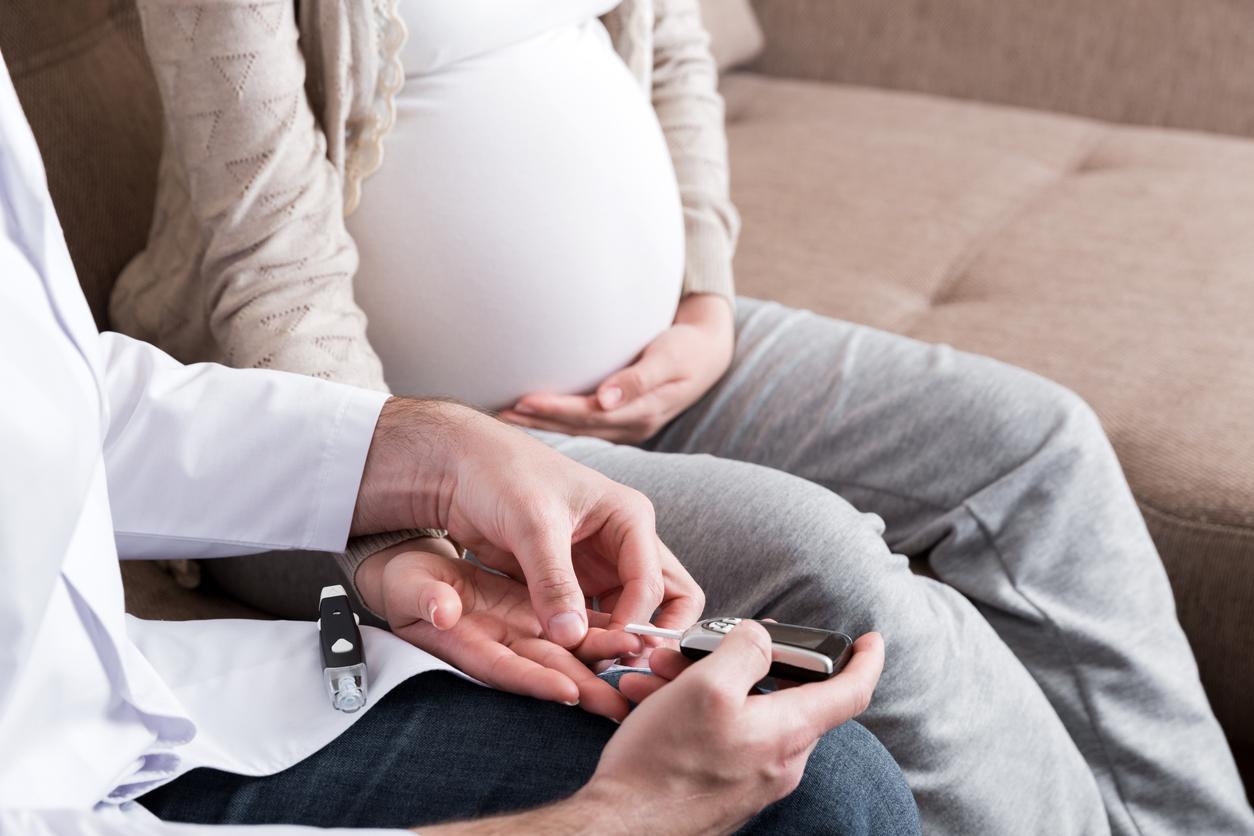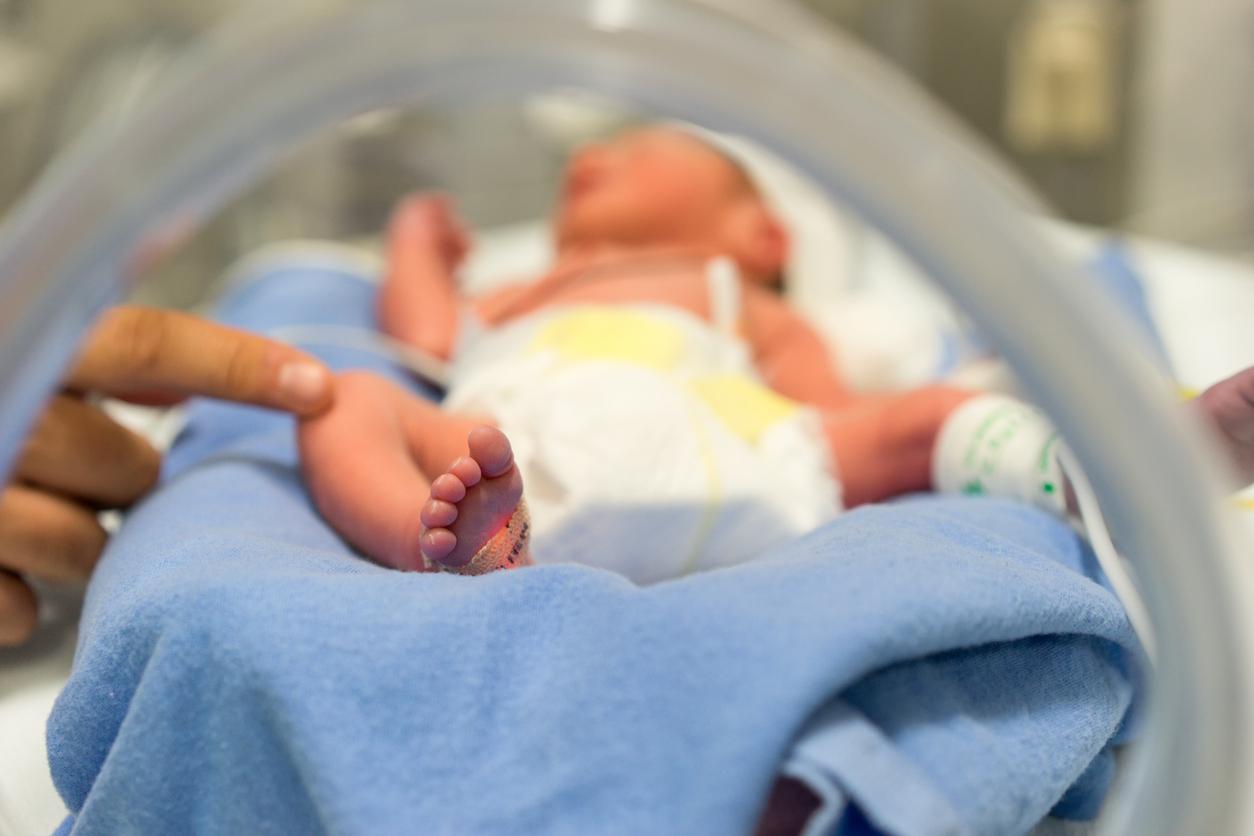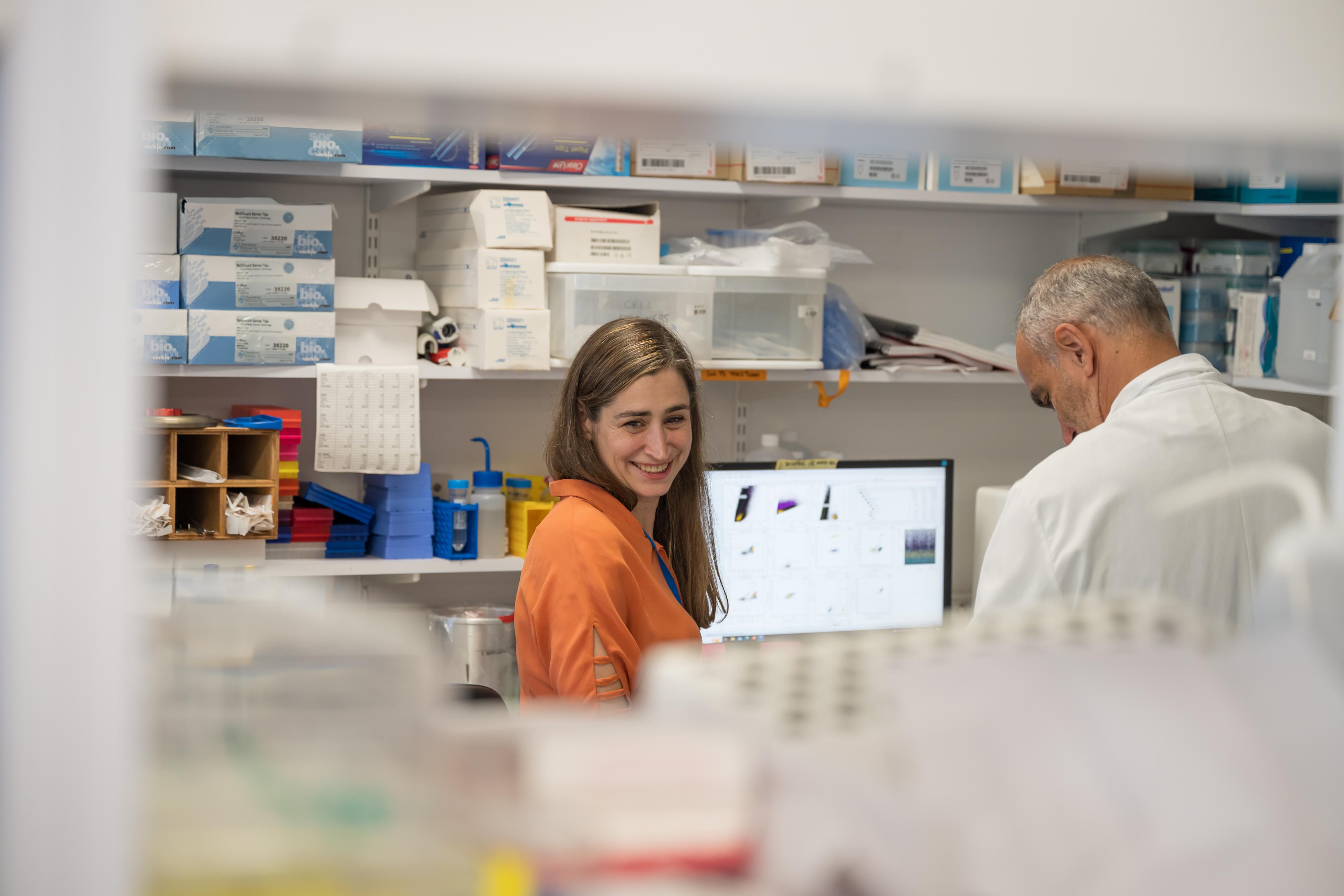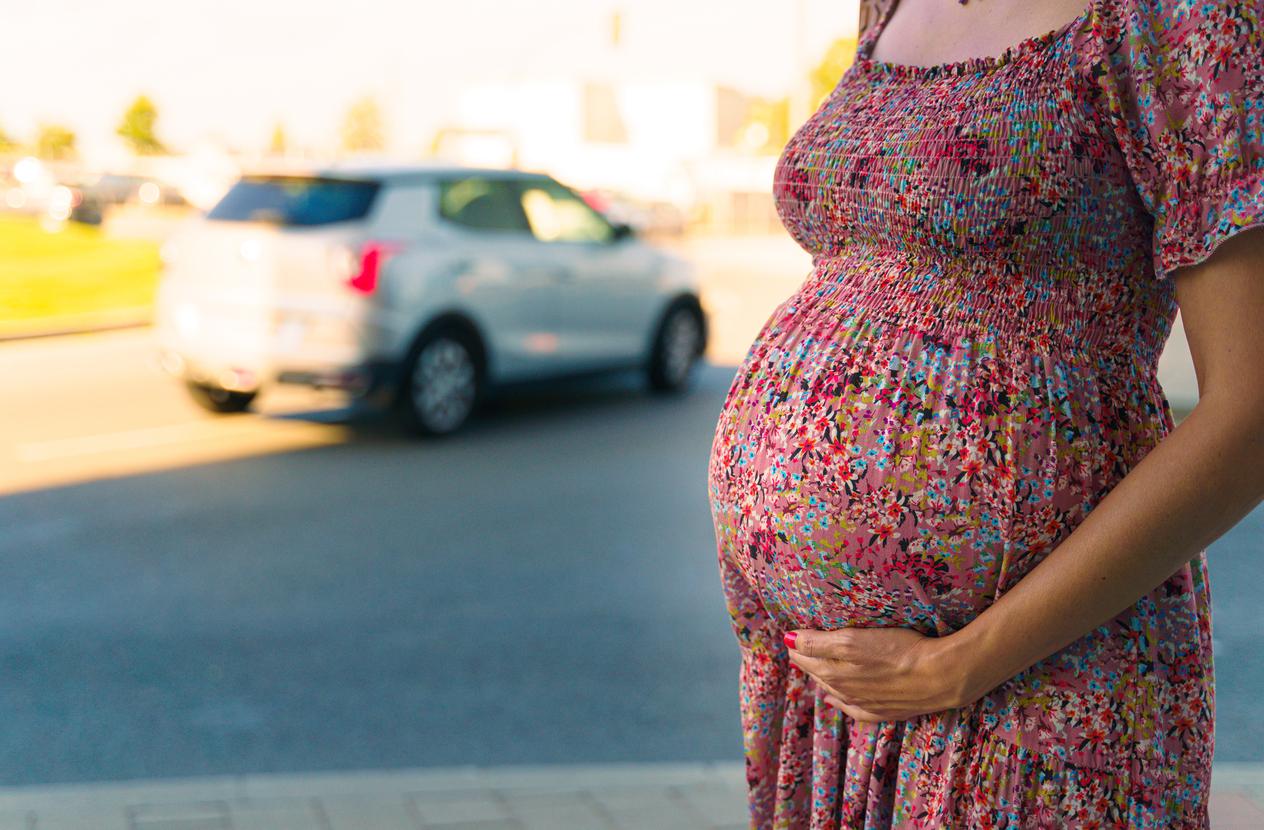Prediabetes in adolescence and early adulthood is linked to an increased likelihood of maternal cardiometabolic morbidity during the first pregnancy.

- The risk of gestational diabetes during the first pregnancy is twice as high in young women with prediabetes before conception of a child (defined as HbA1c ≥ 5.7% to < 6.5%).
- Prediabetes in adolescents and young adults is also linked to an 18% increased risk of pregnancy-induced hypertension and premature birth.
- The optimal hemoglobin A1c (HbA1c) threshold for identifying gestational diabetes in people, aged 10 to 24 years, was 5.6%.
Prediabetes is moderate fasting hyperglycemia, which is when blood sugar levels are higher than normal, but not high enough to be diagnosed as diabetes. However, this serious health condition is associated with an increased risk of progression to type 2 diabetes. Additionally, it can increase the risks of heart disease and stroke. If moderate hyperglycemia before pregnancy is linked to the likelihood of maternal morbidity, “it is little studied among young people.” This was reported by scientists from Mount Sinai (United States). This is why they decided to conduct a study published in the journal JAMA Network Open.
Hypertension, premature birth: prediabetes in young women increases the risk by 18%
As part of the work, the team explored the association between hemoglobin A1c (HbA1c) levels before conceiving a baby in adolescents and young adults and the risk of gestational diabetes during the first pregnancy. They chose this category of the population because this group is most at risk of unplanned pregnancy and least likely to benefit from preconception health counseling. For research purposes, 14,302 people, aged 10 to 24, with no history of diabetes and at least one preconception HbA1c test were recruited. The data revealed that 11,407 participants had normal blood sugar levels before pregnancy, and 2,895 volunteers had prediabetes.
According to the results, prediabetes before a child’s conception (defined as HbA1c ≥5.7% to <6.5%) was associated with a two-fold increased risk of gestational diabetes at first delivery. The authors also found that prediabetes in young adults and adolescents may lead to an 18% increased risk of hypertensive disorders during pregnancy, such as pregnancy-induced hypertension and preeclampsia, or of premature birth. They also assessed which level of hemoglobin A1c, a measure of a person's average blood sugar level over the previous three months, was most predictive of gestational diabetes for first pregnancy in adolescents and young adults. “The optimal threshold was slightly lower for young people than for adults (5.6% versus 5.7%).”
“Establish recommendations on how to screen young people for high blood sugar levels”
In the work, researchers conclude that adolescence and young adulthood may be an important time to optimize cardiometabolic health before pregnancy and avoid maternal and neonatal risks. Therefore, they believe that it is necessary “to establish clear recommendations on how to screen and counsel young people who currently have high blood sugar levels without other risk factors.”

















